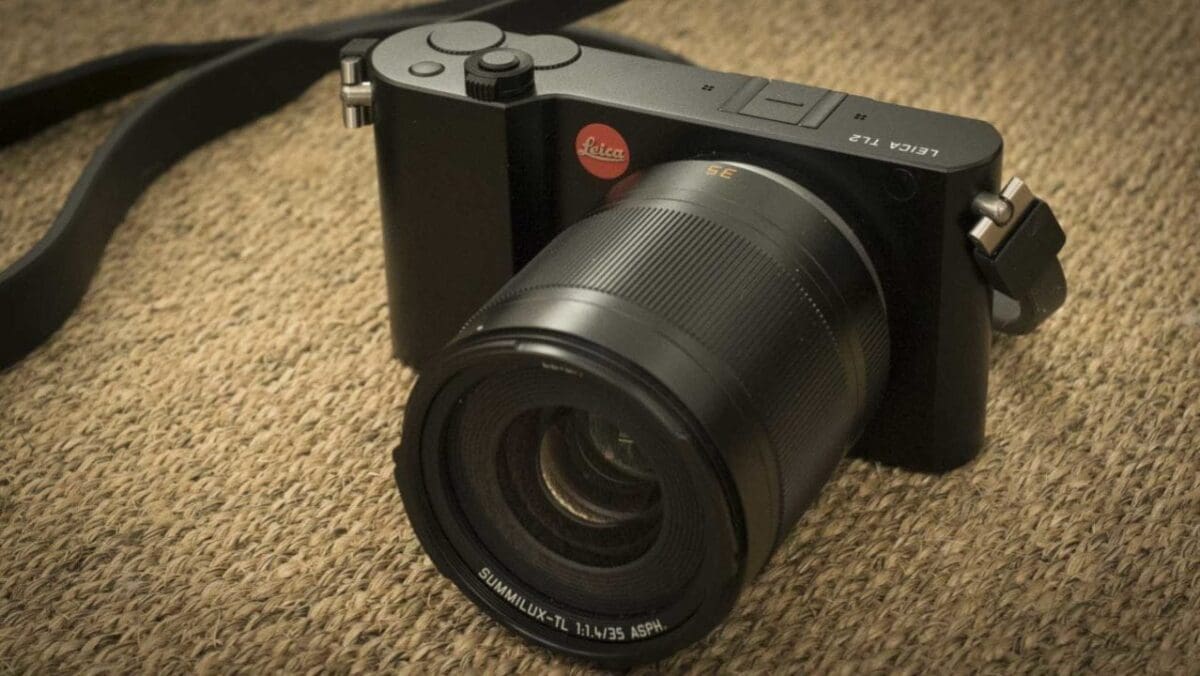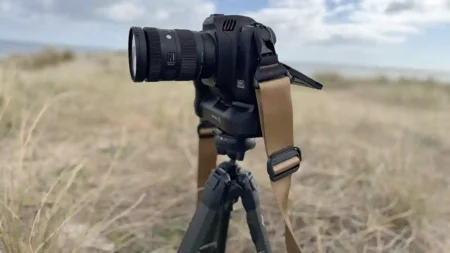Leica TL2 Snap Verdict:
Although it has the solid build quality expected from Leica, the TL2’s heavy use of touch-control makes it quite different from a typical Leica camera. It is designed for users accustomed to smartphone photography. The camera is user-friendly, with excellent image quality and effective touch-control. However, the preference leans towards the Leica CL, which offers a blend of touch-control and physical controls.
For Leica TL2:
- Superb build quality
- Excellent optical quality
- Slick touch-control
Against Leica TL2:
- No built-in viewfinder
- Limited range of directly compatible APS-C format lenses
- High price
The Leica TL2 is a 24Mp compact system or mirrorless camera with an APS-C format sensor and the Leica L lens mount, aimed at affluent smartphone users. It features a large touch-screen, minimal physical controls, higher resolution, faster operation speeds, autofocus, start-up time, and 4K video recording capability.
Build and Handling of Leica TL2:
The Leica TL2 is made from a single block of aluminium, providing a luxurious feel and weight. Its design includes rounded edges and precise craftsmanship on the dials. Unique design elements include recessed lugs for attaching straps, enhancing the camera’s sleek look. The TL2 has improved start-up and operating speeds compared to its predecessor, the TL. Most settings are adjusted via a large, responsive touch-screen, with simplified menus and gesture controls for easy operation. The camera has two dials on top for easy adjustments and a customizable function button. While it lacks a built-in viewfinder, an external one can be added. The large screen facilitates easy composition, though it may struggle with reflections in bright light. There is no built-in flash, necessitating an external flashgun for additional lighting.
Leica TL2 Performance
Unlike the CL, the TL2 doesn’t have a viewfinder built-in and although the screen shows plenty of detail, in bright light it doesn’t always give the best view of the exposure. Consequently, there may be occasions when you miss that the Multi-zone metering system has a habit of producing slightly overexposed images. It seems to do this more often than the CL and when shooting scenes that wouldn’t normally trigger such a response. This makes the histogram view advisable in many situations.
Colour
I found that the TL2 delivers natural looking colours in most situations, but they can look a little flat, making the Vivid setting handy for a little boost in saturation. The low saturation is exacerbated by the tendency towards overexposure, as usual reducing the exposure a little below the recommended value also boosts saturation.
While the Auto white balance setting is a useful backstop, it’s best to match the setting to the specific lighting conditions – though beware of the shade setting making images a little too warm on occasion.
Naturally, shooting in raw format makes it less important to get the white balance correct in-camera, but heavy use of touch control and the automatic shooting options makes the TL2 and interesting option for inexperienced photographers.
Image Quality
At low to mid-range sensitivity (ISO) the TL2 produces images with plenty of natural looking detail. As the sensitivity rises, the TL2 does a good job of keeping noise at bay in jpeg images. The speckling is hidden well without much softening or smearing so even images taken at the highest setting (ISO 50,000) look good at normal printing and viewing sizes.
Luminance noise is visible in raw files when they’re viewed at 100%, but it’s not excessive and the results look good at normal viewing sizes. Even at the highest ISO value, there’s no clumping or banding visible.
Nevertheless, shooting at ISO 25,000 produces far better results than ISO 50,000, so I’d keep that as the maximum if possible. By the time you drop to ISO 12,500 the results are very good and noise practically disappears once you drop to ISO 1600 or lower.
The TL2 captures a good range of tones in a single file and I found it’s possible to brighten dark images or underexposed areas by around 3EV or more.
Autofocus
Although the TL2 has the same sensor and processing engine as the CL, and should, in theory, have the same autofocus (AF) performance, I found the TL2 lagged a little behind the CL.
That said, the TL2 focuses quickly and accurately on subjects in good light. However, the light level doesn’t need to drop far for the AF system to start to hunt a bit. That said, it’s unlikely that the TL2 would be used to shoot sport and it’s fast enough for ‘general’ photography, and shooting portraits, still life landscapes and most street photography.
Sample Images
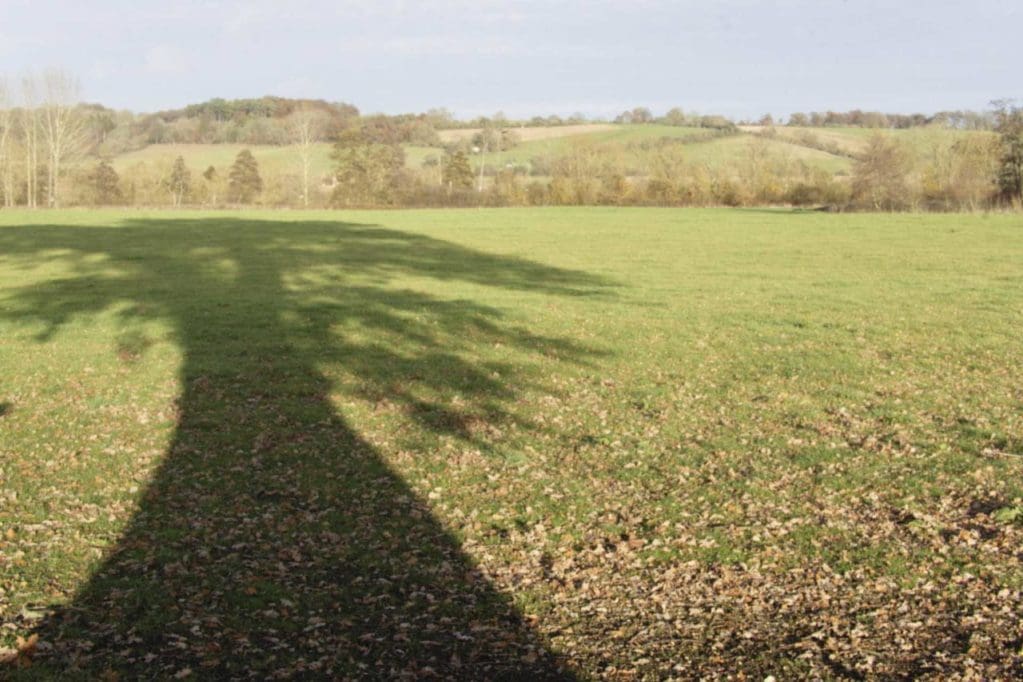


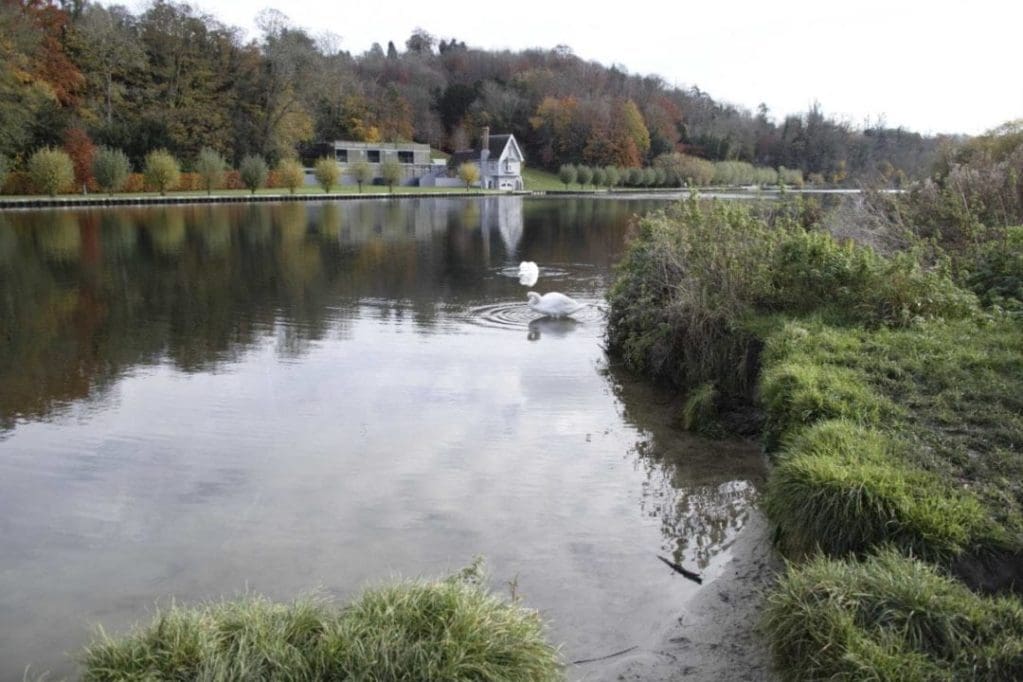



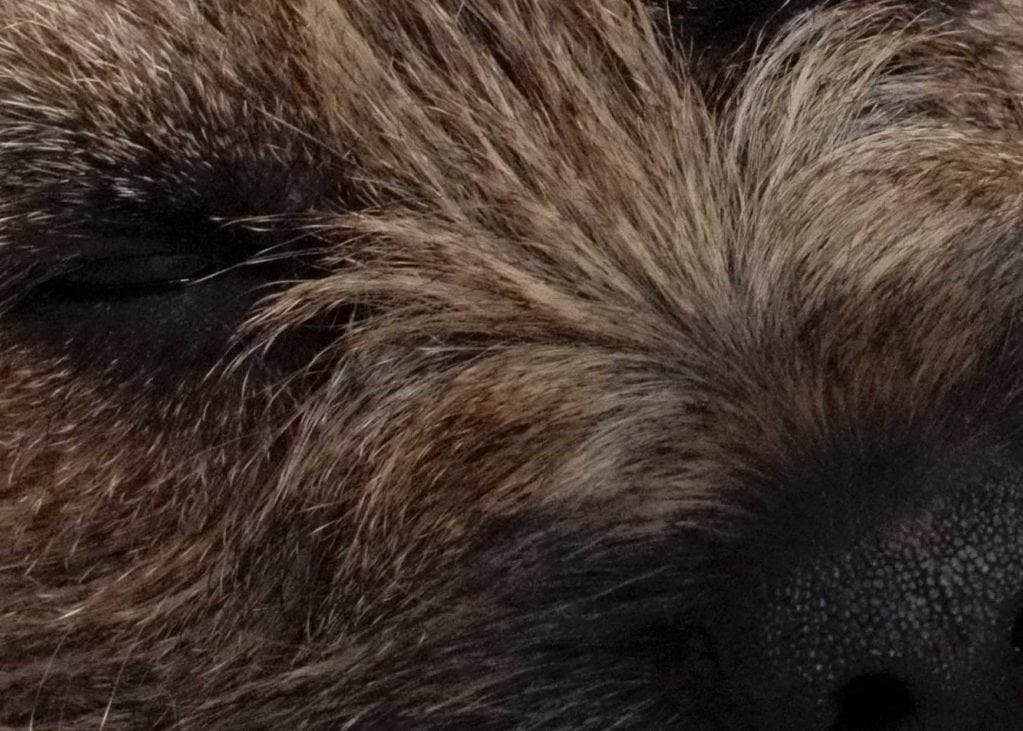
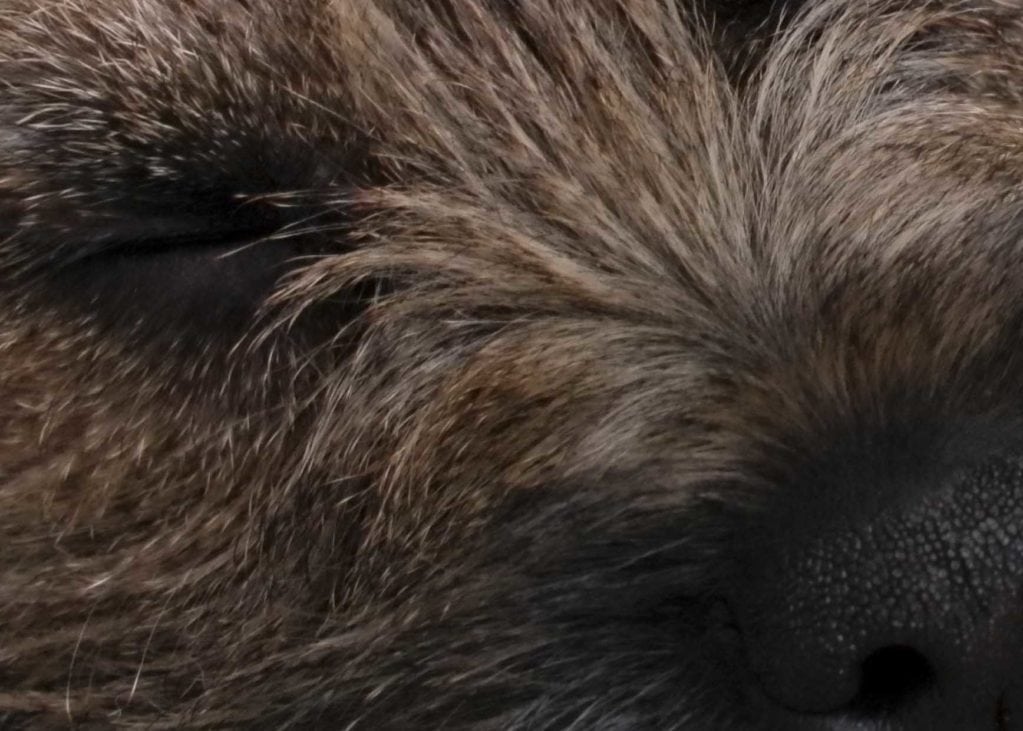
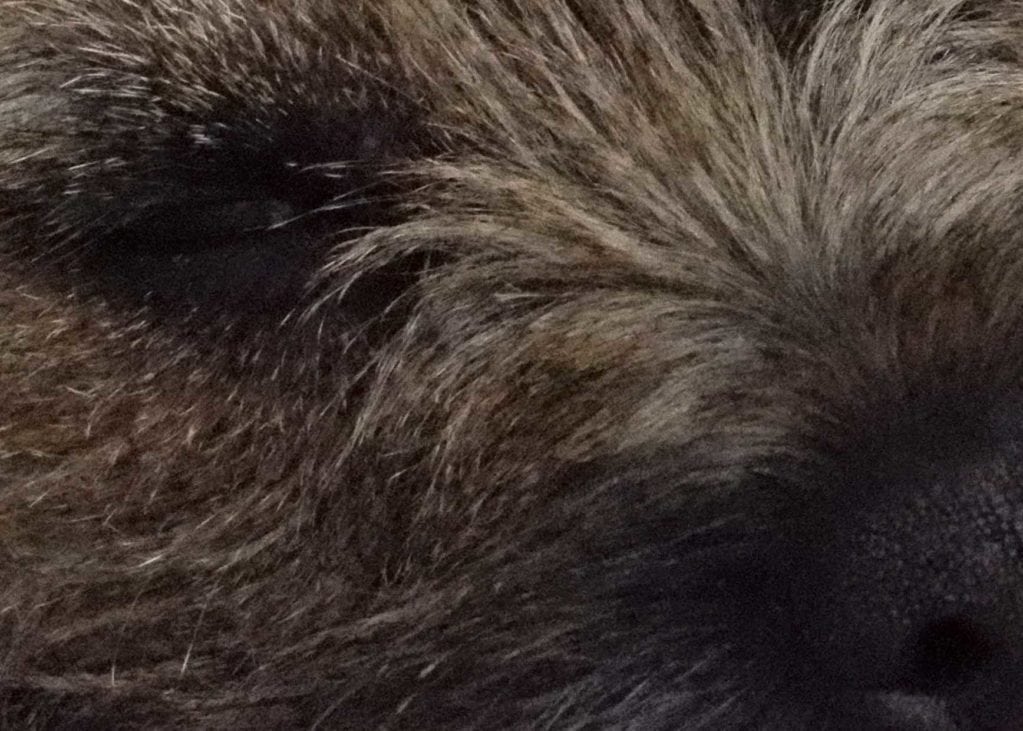
Follow this link to browse and download full-resolution images
[FAG id=45783]
Leica TL2 Verdict
It goes without saying that a Leica camera isn’t for somebody on a budget. The TL2 retails for £1,700/$1,950 body only, and adding a single lens will set you back at least another £1300/$1,300. That’s £3,000/$3000 for something that doesn’t have a viewfinder.
Whether that represents good value for money depends on how highly you value the Leica brand and its high build quality. The image quality produced by the TL2 is excellent, but it doesn’t make a significant step-up from that of cameras like the Fujifilm X-T20 or X-E3.
Should I buy the Leica TL?
Overall, the TL2 is a great evolution of Leica’s mirrorless efforts, and while it’s not likely to knock any other manufacturer of its perch, for those who have the readies to spend, it’s a nice option. However, we’d urge you to take a look at the Leica CL which has a few more physical controls which makes for a more traditional feeling camera that is augmented by a clever touch-enabled interface.
